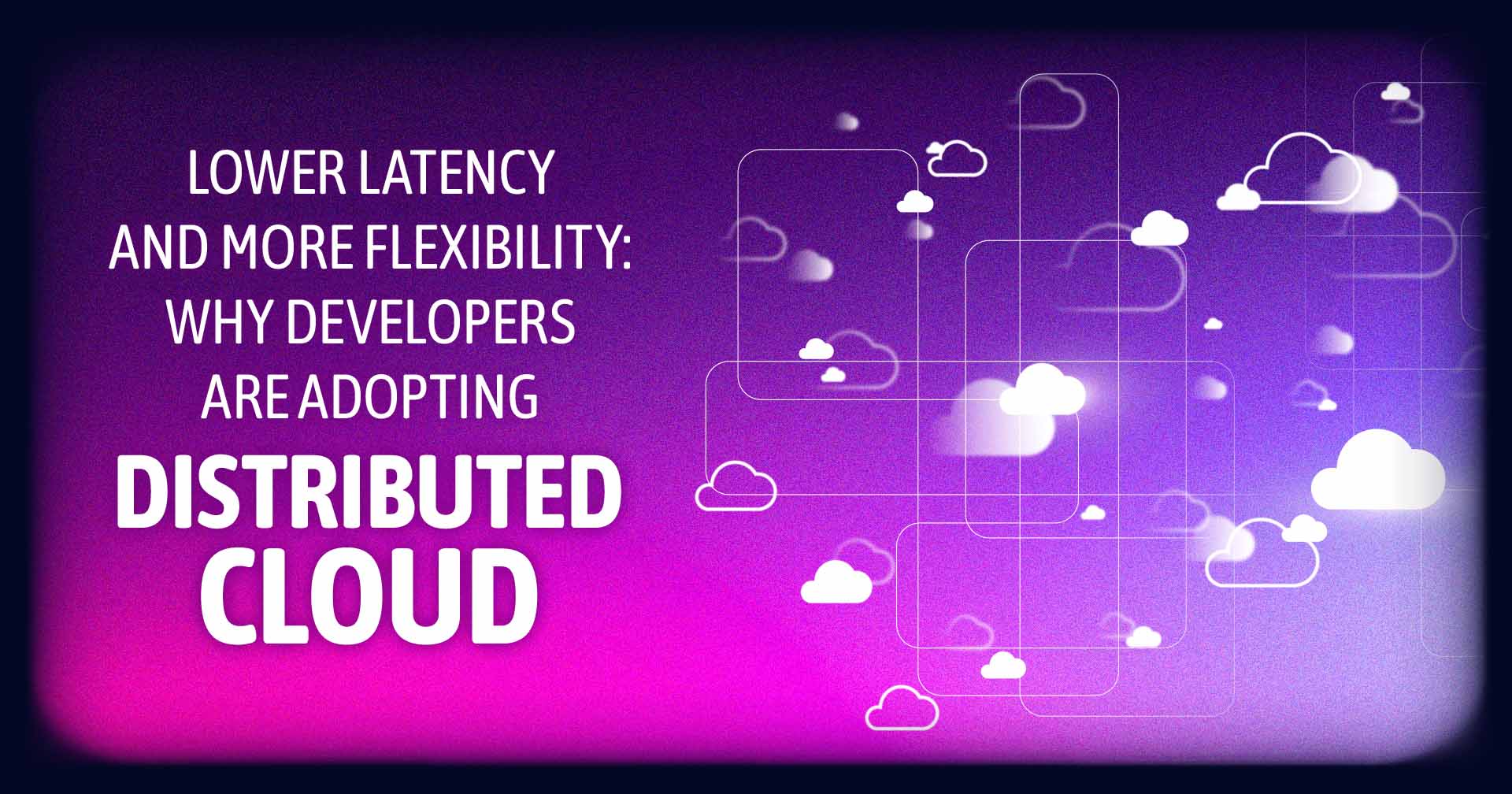As you work to deploy, and manage complex, data-intensive applications to meet the ever-changing needs of your customers, you need a way to bring these applications and workloads closer to them, regardless of their location.
Increasingly, global developers see distributed cloud computing as the way to ensure an optimal customer experience, according to a new study from the developer-focused research firm SlashData.
The study, Developer Perceptions of Distributed Cloud, commissioned by Akamai, surveyed more than 700 professional cloud developers in over 50 countries and across 15 industries. The survey defined distributed cloud computing as the practice of decentralizing cloud resources and services to be physically closer to the data source or user, while still being managed centrally.
In the study, 55% of developers were actively working with distributed cloud computing services. A further 28% were somewhat familiar, with a basic understanding of distributed cloud services; while 10% were not very familiar, but were interested in learning; and 7% were not familiar at all, and had no interest in learning. There were also regional differences, with 61% of North American developers already using distributed cloud versus 51% of their counterparts in Western Europe.
5 Benefits and Top Use Cases
The five most appealing benefits about distributed cloud solutions were:
- Improved user experience due to reduced latency (38%)
- Flexibility in scaling in different geographical locations (34%)
- Greater capacity for handling data-intensive applications (33%)
- Cost-effectiveness due to localized resources (33%)
- Increased resilience due to geographical distribution (30%)
Interestingly, the benefit developers ranked lowest (23%) was the potential for innovation with localized compute power. To the report’s authors, this finding suggested that developers have yet to fully explore the potential uses of distributed clouds in real-world applications. Developers were likely still adopting a traditional centralized approach rather than taking an imaginative leap to consider all of the ways in which they could use a distributed cloud system’s hyper-local compute capabilities.
When asked which areas of development they believed were most likely to benefit from distributed clouds, developers cited these best use cases:
- Big data and analytics (48%)
- Real-time applications such as gaming, financial transactions (42%)
- AI and machine learning workloads (39%)
- Remote workforce support (38%)
- Disaster recovery and business continuity (35%)
While developers as a whole ranked distributed ledgers/blockchain applications (25%) lowest as a best use case, there were significant variations by industry, notably from the energy sector (39%), gaming (35%), and telecoms and networks (35%). Organizations in these verticals were excited about how blockchain may positively disrupt their current markets.
Obstacles to Going Distributed: Potential Cost, Risk, and Complexity
So, which factors have held some developers back from adopting distributed cloud solutions? According to those surveyed, the biggest perceived challenges or drawbacks were:
- High costs of implementation and maintenance (36%)
- Potential security risks due to distribution (35%)
- Complexity of managing distributed systems (35%)
If able to influence the future direction of distributed cloud, developers would choose to speed the technology’s adoption by prioritizing advancements or improvements in providing:
- Clear cost savings and cost-effectiveness (30%)
- More robust security measures (27%)
- Enhanced tools for managing distributed systems (26%)
Developers were also eager to see more standards in place before they’d migrate services to a distributed cloud. Notably, they sought the implementation of more data security and privacy standards (39%), open cloud standards (26%), and standards for data portability (25%).
Discover More Insights
Read the full report for further insights, including deep vertical dives comparing and contrasting different industry responses. For IT leaders eager to learn more about distributed cloud, they can download a new report, Distributed Cloud: Technology’s Next Act.







Comments